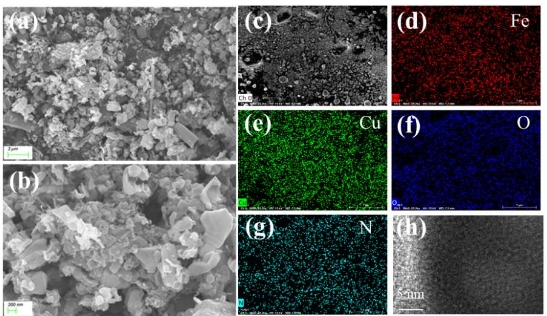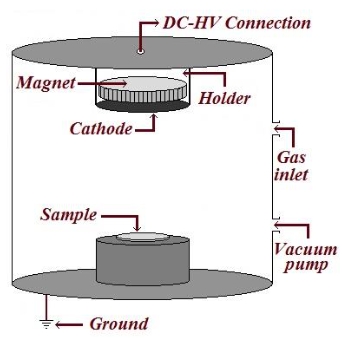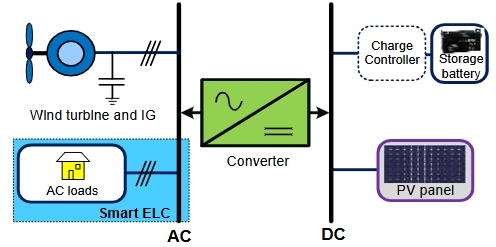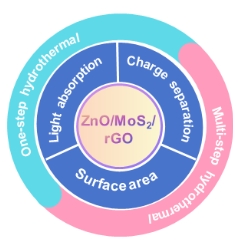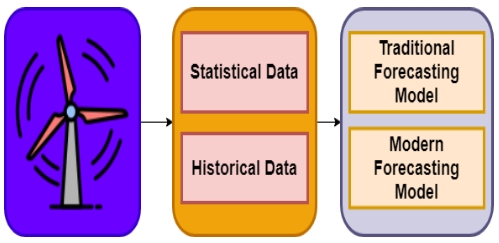The maximum wind energy of the most correlated points in an urban environment
Abstract
This study investigates the maximum wind energy potential of points that exhibit the highest correlation in an urban environment. A wind tunnel experiment that was simulated in a previous study using the Large Eddy Simulation (LES) methodology to generate wind speed time series at various locations within a complex urban setting. The analysis focuses on the correlation of wind speeds at different heights and spatial points, demonstrating a clear dependence on height, with maximum correlations generally increasing as height increases. This phenomenon is attributed to the disruption of turbulent eddies by buildings, which significantly influences the wind flow patterns. The Spectral Proper Orthogonal Decomposition (SPOD) technique is employed to calculate the maximum wind energy, revealing that the maximum values occur on building rooftops. Additionally, an empirical equation is proposed, relating the maximum wind energy to the distance between the most correlated points, with a relatively high correlation coefficient. The findings of this research have practical implications for the optimization of renewable energy resources, particularly in urban environments where wind flow is highly complex. This study contributes to the understanding of wind energy potential in urban settings, offering insights that could be valuable for the placement and design of wind turbines in such challenging environments. The study revealed a significant dependence of wind energy potential on spatial positioning and height, with maximum values occurring at rooftops. An empirical equation was developed to predict the difference in maximum wind energy based on the distance between highly correlated points, offering a practical tool for urban wind energy optimization. These findings provide actionable insights for the integration of renewable energy systems in complex urban settings.
References
[1]Hassan Q, Viktor P, Al-Musawi TJ, et al. The renewable energy role in the global energy Transformations. Renewable Energy Focus. 2024; 48: 100545. doi: 10.1016/j.ref.2024.100545
[2]Ishugah TF, Li Y, Wang RZ, et al. Advances in wind energy resource exploitation in urban environment: A review. Renewable and Sustainable Energy Reviews. 2014; 37: 613-626. doi: 10.1016/j.rser.2014.05.053
[3]Stathopoulos T, Alrawashdeh H, Al-Quraan A, et al. Urban wind energy: Some views on potential and challenges. Journal of Wind Engineering and Industrial Aerodynamics. 2018; 179: 146-157. doi: 10.1016/j.jweia.2018.05.018
[4]Fernando HJS. Fluid Dynamics of Urban Atmospheres in Complex Terrain. Annual Review of Fluid Mechanics. 2010; 42(1): 365-389. doi: 10.1146/annurev-fluid-121108-145459
[5]Chowdhury S, Zhang J, Messac A, et al. Optimizing the arrangement and the selection of turbines for wind farms subject to varying wind conditions. Renewable Energy. 2013; 52: 273-282. doi: 10.1016/j.renene.2012.10.017
[6]Liu YS, Yigitcanlar T, Guaralda M, et al. Leveraging the Opportunities of Wind for Cities through Urban Planning and Design: A PRISMA Review. Sustainability. 2022; 14(18): 11665. doi: 10.3390/su141811665
[7]Porté-Agel F, Bastankhah M, Shamsoddin S. Wind-Turbine and Wind-Farm Flows: A Review. Boundary-Layer Meteorology. 2019; 174(1): 1-59. doi: 10.1007/s10546-019-00473-0
[8]Toja-Silva F, Kono T, Peralta C, et al. A review of computational fluid dynamics (CFD) simulations of the wind flow around buildings for urban wind energy exploitation. Journal of Wind Engineering and Industrial Aerodynamics. 2018; 180: 66-87. doi: 10.1016/j.jweia.2018.07.010
[9]Hertwig D, Patnaik G, Leitl B. LES validation of urban flow, part I: flow statistics and frequency distributions. Environmental Fluid Mechanics. 2016; 17(3): 521-550. doi: 10.1007/s10652-016-9507-7
[10]Škvorc P, Kozmar H. Wind energy harnessing on tall buildings in urban environments. Renewable and Sustainable Energy Reviews. 2021; 152: 111662. doi: 10.1016/j.rser.2021.111662
[11]Blocken B. Computational Fluid Dynamics for urban physics: Importance, scales, possibilities, limitations and ten tips and tricks towards accurate and reliable simulations. Building and Environment. 2015; 91: 219-245. doi: 10.1016/j.buildenv.2015.02.015
[12]Bazdidi-Tehrani F, Ghafouri A, Jadidi M. Grid resolution assessment in large eddy simulation of dispersion around an isolated cubic building. Journal of Wind Engineering and Industrial Aerodynamics. 2013; 121: 1-15. doi: 10.1016/j.jweia.2013.07.003
[13]Efthimiou G, Barmpas F, Tsegas G, et al. Development of an Algorithm for Prediction of the Wind Speed in Renewable Energy Environments. Fluids. 2021; 6(12): 461. doi: 10.3390/fluids6120461
[14]Efthimiou GC. Prediction of four concentration moments of an airborne material released from a point source in an urban environment. Journal of Wind Engineering and Industrial Aerodynamics. 2019; 184: 247-255. doi: 10.1016/j.jweia.2018.11.032
[15]Tominaga Y, Mochida A, Yoshie R, et al. AIJ guidelines for practical applications of CFD to pedestrian wind environment around buildings. Journal of Wind Engineering and Industrial Aerodynamics. 2008; 96(10-11): 1749-1761. doi: 10.1016/j.jweia.2008.02.058
Copyright (c) 2025 Author(s)

This work is licensed under a Creative Commons Attribution 4.0 International License.




